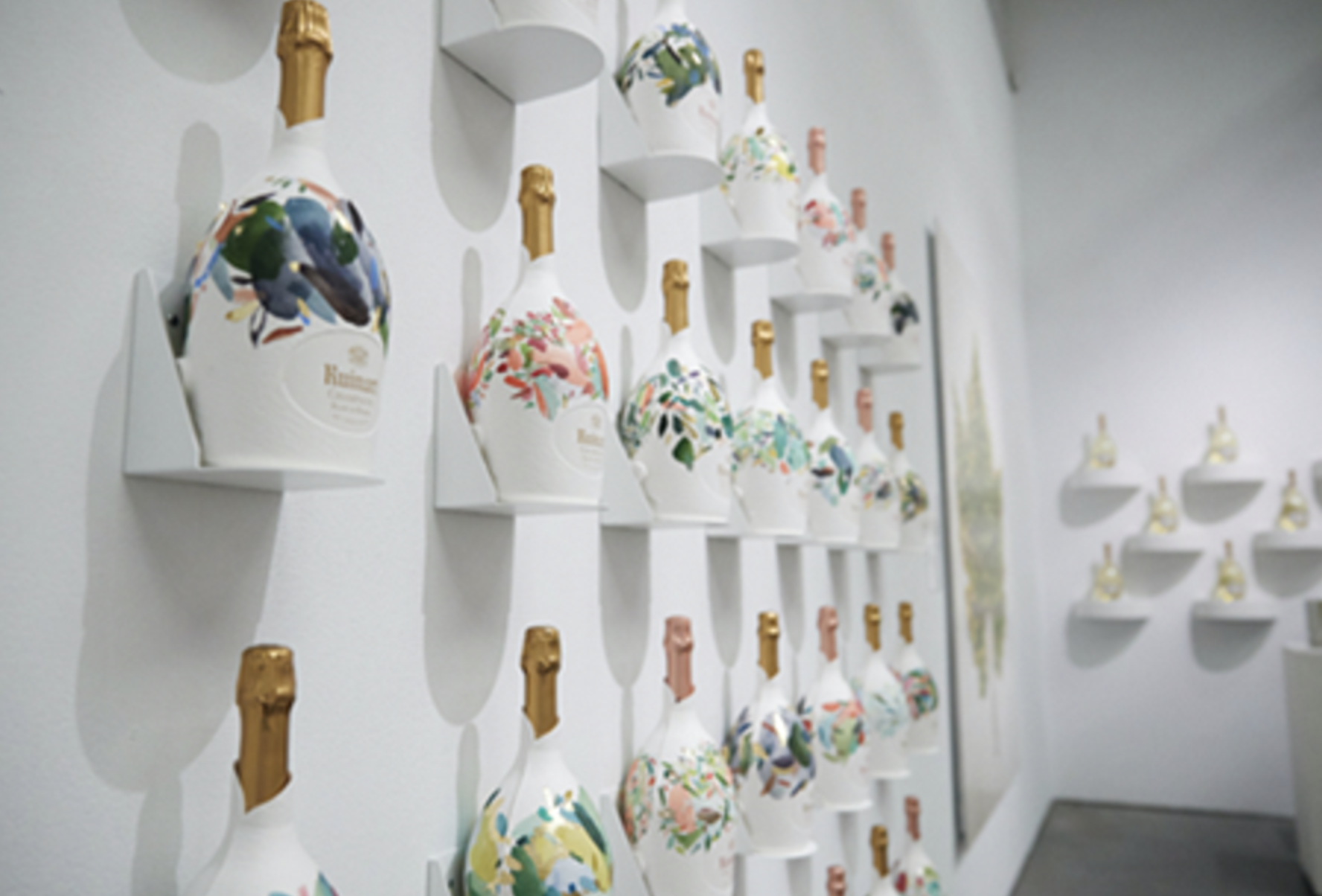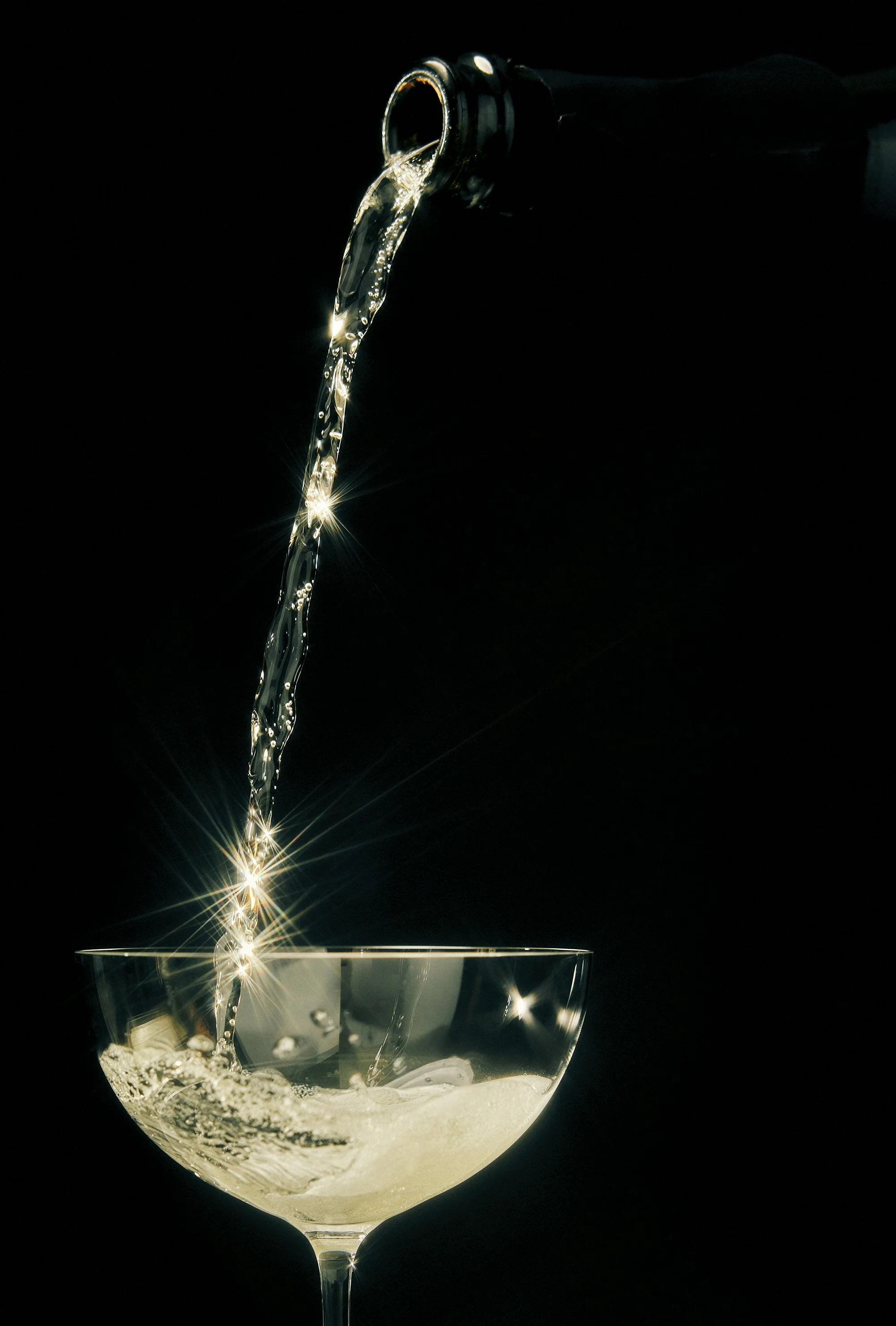Champagne House Ruinart Boldly Steps Into The Future
Sept. 19,. 2022: Originally published in Forbes.
It’s a good time to be a Champagne house.
Travel is booming, bars are overflowing and offices are (mostly) back to normal. The return to 2019-era normalcy imbues 2022 with a different kind of glow: People are feeling good, and they want to celebrate with a glass (or two) of France’s famed bubbly wine.
During a recent visit to New York, Frédéric Dufour, Ruinart President and CEO, said that he felt there was “optimism” in the air.
“We’re still in the rebound of post-Covid,” he said. “I think a lot of the consumers have a willingness to entertain after almost two years of such uncertainty, after such difficult times. We see that definitely that there is a mood of consumption of champagne in general.” He adds that the health-and-wellness trend, however counterintuitively, contributes to Champagne sales, in that consumers are more both choosy about the pedigree of products they buy while also putting a premium on finding time to relax and wind down.
The return to in-real-life events means there’s opportunities for Ruinart to have a brand presence at glitzy events, such as this past spring’s Frieze Art Fair and events at the New Museum in New York. But Ruinart, whose house style is characterized as Chardonnay-driven “aromatic freshness”, is hoping consumers will reach for its amber bubbles for casual dinners as easily as they sip on it at galas.
“We believe our champagne should be enjoyable from 9 a.m. today until 9 a.m. tomorrow,” Dufour says. “Any time of the day. So it should be really enjoyable. We want that when you have one glass, to feel that you want another glass. This is why we have the Chardonnay style. We go for freshness, because we believe that is much more enjoyable.”
But even as Ruinart enjoys the pleasant return of clinking glasses and fizzy aromatic wine, it is, like its peers in the industry, looking ahead to the future. Among the most notable changes Ruinart has recently implemented: It has reduced the weight of its packaging, and therefore its carbon footprint, by using innovative packaging called “Second Skin.” Originally released in 2020, after two years of development, Second Skin is a recyclable stiff paper case that protects the bottles, yet is nine times lighter than traditional boxes. Ruinart is also exported only by ships, not planes, further reducing its footprint (even at the risk of shipments arriving later than expected, due to today’s shipping channel snarls).
This past summer, Ruinart debuted its Dom Ruinart Blanc de Blancs 2010 vintage ($295), which was aged for 11 years with a cork stopper.
In the 1990s, Ruinart’s cellar masters began testing aging bottles of 1998 Dom Ruinart with cork stoppers instead of crown caps. After a decade of aging, in 2008, the wine makers found that cork let in less oxygen than the traditional crown caps. Bottles aged with corks “revealed tenser wine with an additional layer of complexity,” according to the brand. The Dom Ruinart 2010 is the brand’s first vintage with a cork; future Dom Ruinart bottlings will also feature corks.
Dom Ruinart 2010, which is expected to be purchased as gifts, also arrives in the velvety, white “Second Skin” packaging, which is molded to resemble the chalk cellars that house the wine for over a decade.
“We really believe in the lightness of the wine,” Dufour says of Dom Ruinart’s enduring appeal. Only 27 Dom Ruinart cuvées have ever been released since their debut in 1966. “Chardonnay can really get the complexity of wine. It’s a little bit like high-end Burgundy.”







